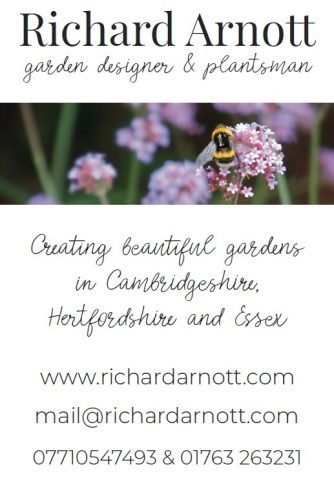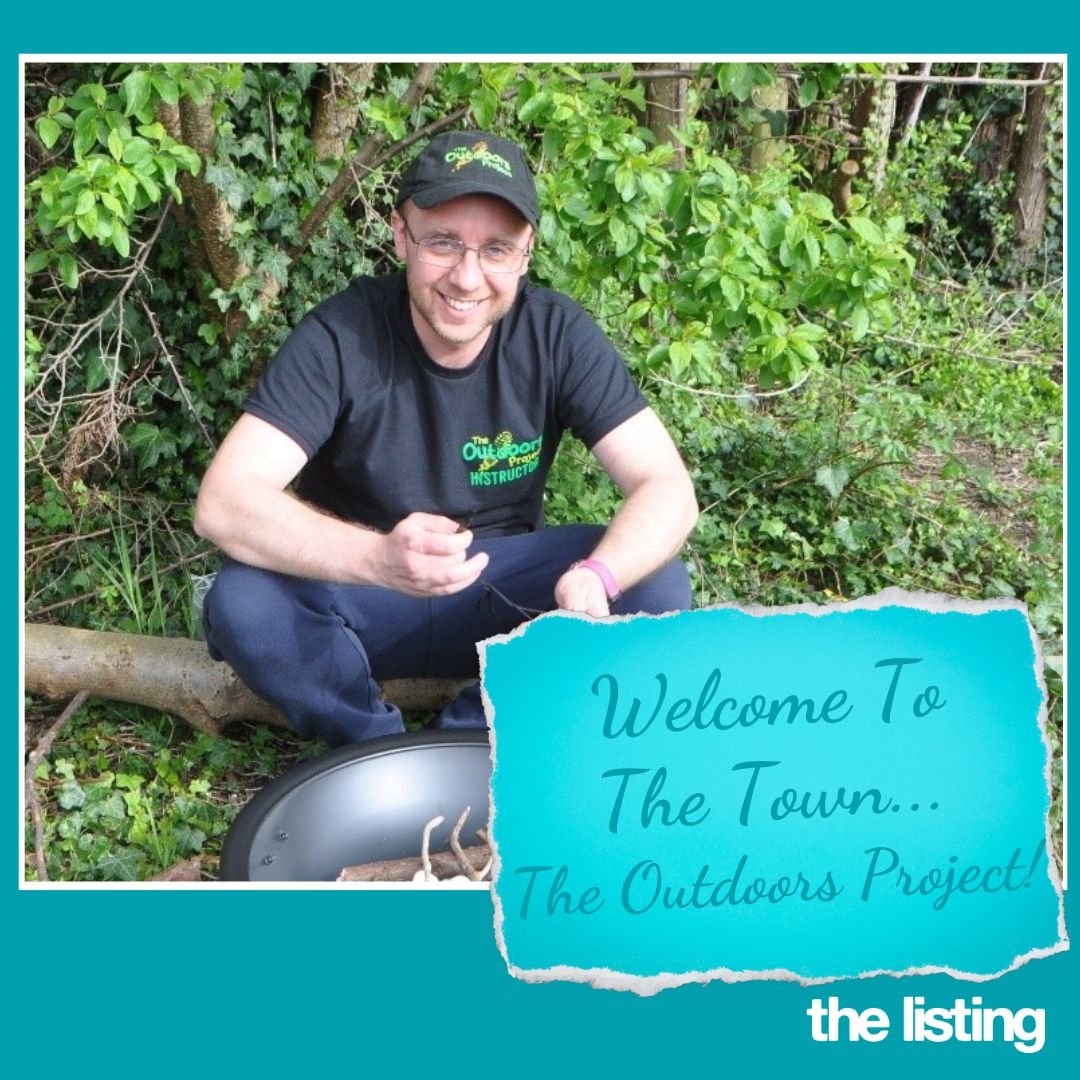To give plants the opportunity to shine in the garden, the space needs to be planned. We all have different starting points to making changes in the garden.
It might be that you have moved to a new build with a blank canvas or you have a neglected space that needs reviving but the need for a proper plan is always required for a successful outcome. Here is the process of having your garden designed to give the plants the chance to be the stars of the garden.
Design brief is required for any garden to develop. This is a working list of the requirements for the garden such as a grassy space for the children to play, a dining area for family parties and a screened off shed all in a naturalistic planting style. The challenge for the garden designer is to carefully develop the brief and guide the client to a successful outcome. It is an evolving process that asks many questions. I always like to talk about planting styles, colour and plant influences early on in the process to get an idea in my mind’s eye that I can then develop. Pinterest is a good way to share ideas. Once the brief is agreed a survey is carried out and work begins on the design concept.
Design concept is a visual presentation of how the garden could look. It takes the form of a 2d design drawing with printouts and accompanying mood board and or a 3d moving visual model. I always like to include key structural planting on the plan and planting style visuals on the mood board. This helps to keep the plants at the forefront of the process rather than an afterthought. To me the plants are just as important as the hard landscaping detail to the success of a finished garden. Samples are considered too at this concept stage.
Design detailing is the refinement of the design concept. It includes all the details necessary to build the garden such as paved areas, slatted timber details on the fences, to step details and material transition points. The drawing is produced in architect’s software, to scale and is a fixed piece of work. The beauty of having a definitive plan to follow is that this allows for construction to take place in a phased approach if required.
Planting plan is where the garden is brought to life and is one of my favourite parts of the process. As you will know if you are a regular reader of my articles, I love my plants! It can be hard to restrict the urge to include my favourite plants in gardens when the brief is dictating a low maintenance, architectural foliage requirement, but this is the discipline of a good garden designer. Making the garden that is requested from the client rather than imposing your own personal taste. I love to work with loose herbaceous perennials and grasses offset against structural hedges, trees, and shrubs in a contemporary English country cottage style but love the challenge of something new.
Landscape construction is where the design on paper then begins to evolve on the ground. Ground works are carried out, hard features built, and planting areas prepared. As the planting takes place, I love seeing my ideas coming to life on the ground. Mother Nature then takes over and as the planting establishes and matures good horticultural practice as required will mean that the space can bring pleasure and enjoyment for the client for years to come.
If you are thinking of making changes this year, why not plan now to enjoy this summer!














